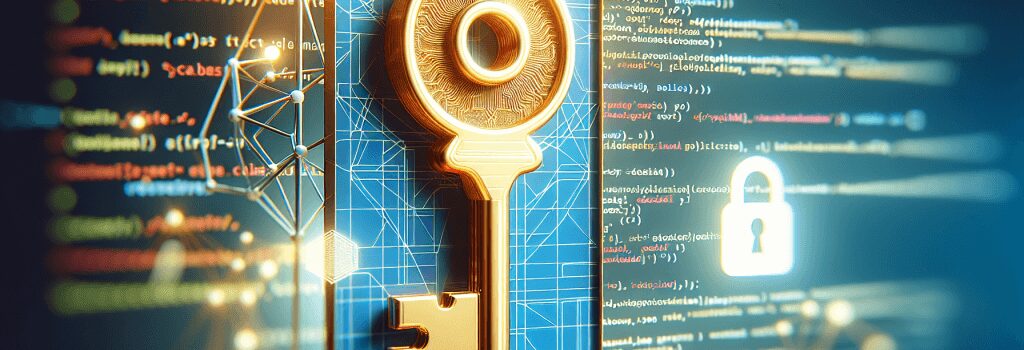Розуміння та впровадження захисту від CSRF в PHP

У цій статті ми допоможемо вам зрозуміти та реалізувати захист CSRF (підтвердження запиту між сайтами) в PHP, забезпечуючи безпеку вашого веб-застосунку. Головною метою є надання безперешкодного шляху для покращення ваших навичок у розробці. Почнемо.
Що таке CSRF?
CSRF або підтвердження запиту між сайтами – це тип зловживання, коли несанкціоновані команди виконуються від імені автентифікованого користувача без його відома. Це може призвести до шкідливих дій, таких як зміна пароля, крадіжка даних та інші зловмисні дії з використанням ідентифікації жертви.
Як працює CSRF?
Користувача обманюють, щоб викликати небажану подію в одному веб-застосунку з іншого веб-застосунку, при цьому вони автентифіковані в першому веб-застосунку. Атакуючий створює посилання, на яке вони обманом змушують користувача натиснути, після натискання веб-застосунок виконує закодовану операцію без відома користувача.
Важливість захисту від CSRF
Захист від атак CSRF необхідний для захисту даних користувача. Якщо цього не зробити, користувач стає вразливим для недостовірної інформації, несанкціонованих дій та крадіжок ідентифікації. Тому для веб-розробників важливо зрозуміти та реалізувати захист CSRF в PHP або будь-якій іншій технології.
Реалізація захисту від CSRF в PHP
Тепер, коли ми розуміємо важливість захисту від CSRF, давайте розглянемо, як це можна реалізувати в PHP.
<h4>Генерація токенівПершим кроком до захисту від CSRF є генерація унікальних токенів для кожної сесії користувача. Це можна зробити за допомогою вбудованої функціональності сесій PHP.
<h4>Прикріплення токену до форм
Далі, з кожним надсиланням форми, цей токен CSRF надсилається разом з ним. Додайте це приховане поле в кожну створену вами форму.
<h4>Валідація
Перевірте токен на серверному боці при надсиланні форми. Якщо надісланий токен співпадає з сесійним токеном, продовжуйте з надсиланням форми; якщо ні, відхиліть надсилання.
Висновок
Дотримуючись вищезазначених кроків, ви можете реалізувати захист від CSRF у ваших веб-застосунках на основі PHP. Це важлива частина забезпечення безпеки вашого застосунку та захисту даних користувачів. Хоча основний акцент тут зроблений на PHP, пам’ятайте, що захист від CSRF є важливим для веб-розробки на будь-якій платформі або фреймворку, тому не соромтеся дізнаватися більше та розвивати свої навички для створення безпечних та надійних веб-застосунків.
Пам’ятайте, що великий веб-розробник надає пріоритет не лише функціональності, а й безпеці. Підвищуйте свої навички розробки на PHP, дійсно розуміючи та реалізуючи захист від CSRF у ваших веб-застосунках.


